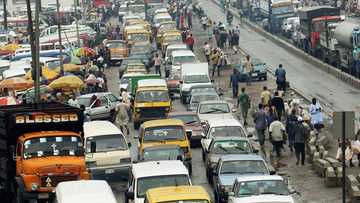Guide on Nigerian traffic signs, road markings, and traffic light signals
Road traffic signs in Nigeria and other countries help maintain safe driving conditions. Road symbols are some of the most important things drivers and pedestrians need to pay attention to while on the road.
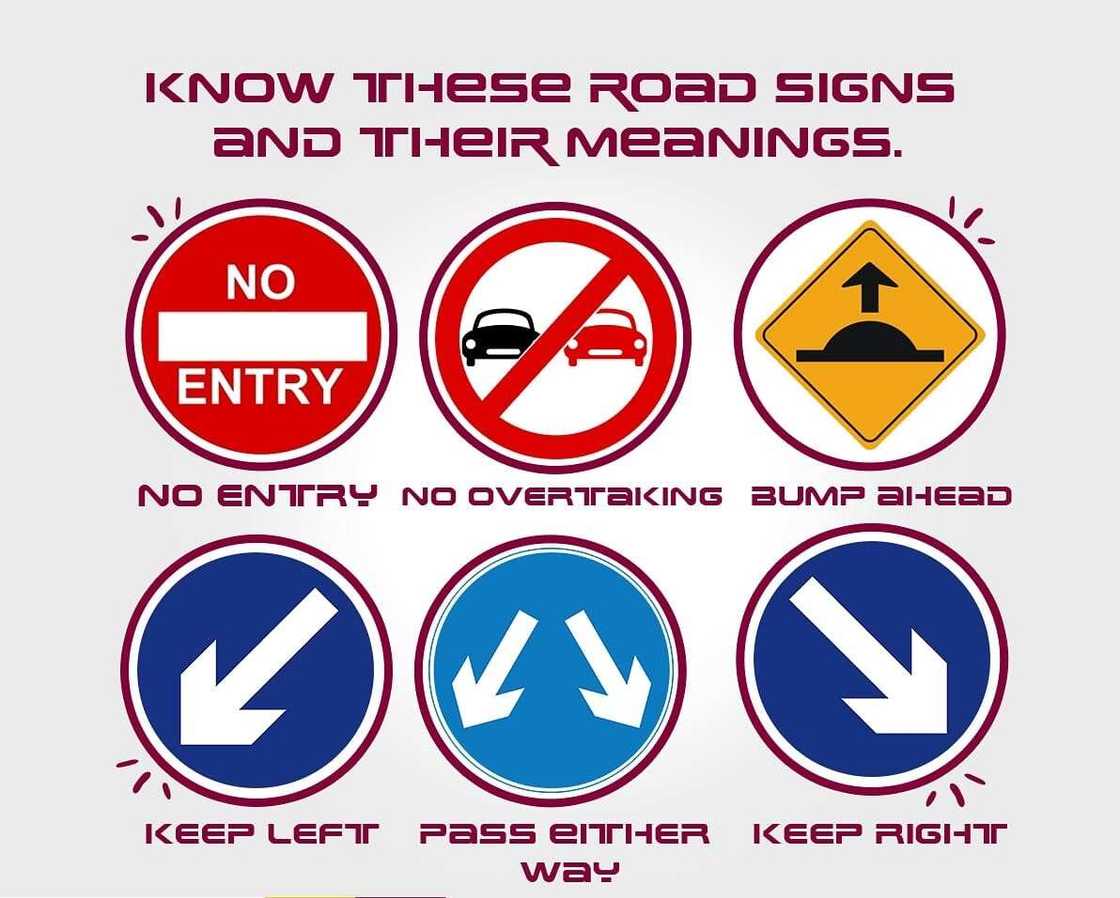
Source: Facebook
The importance of road signs is self-explanatory. They restrict pedestrians and drivers from causing accidents, warn of impending dangers, and inform them of local laws. It is, therefore, crucial that you familiarize yourself with these essential symbols.
Guide on Nigerian traffic signs, road markings, and traffic light signals
Everyone needs to know the common road signs in Nigeria and be able to recognize them immediately. Traffic signs tell you about traffic regulations, special hazards, other road conditions, construction areas, speed limits, etc.
You should know these road signs and meanings and recognize the special shapes and colours. Road safety signs are categorized into the following:
1. Regulatory signs
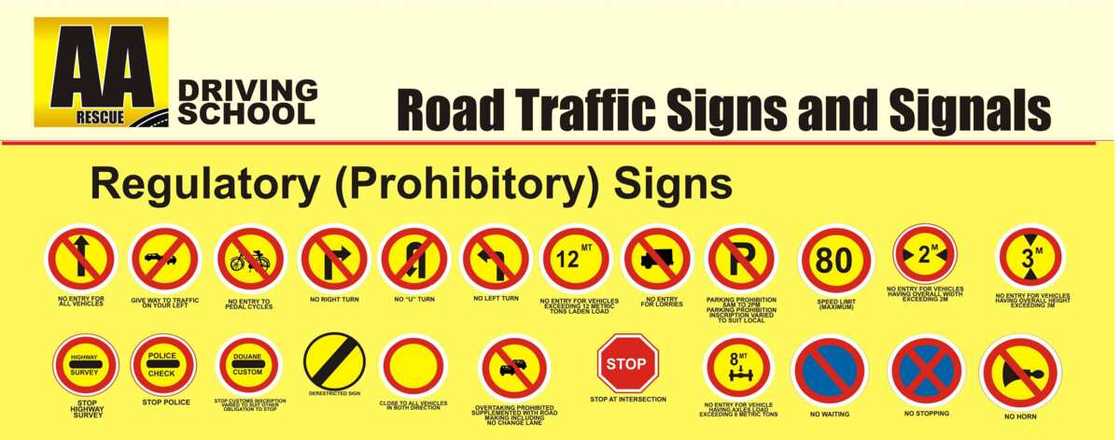
Source: Facebook
Regulatory signs are circular and may be supplemented by plates beneath, augmenting the message the symbol gives. The exception to this is the STOP symbol, which is octagonal. They can be prohibitive and mandatory. They include:
- Prohibitive signs: They give a prohibitive message. These marks are usually circular with a yellow or white background, black inscription, and red border. The exception sign here is the STOP sign, which means that you should stop immediately when you see it.
- Mandatory traffic symbols: A mandatory traffic sign gives positive instruction. Usually, they are circular with a blue background, white inscription, and sometimes with a white border.
2. Informative symbols
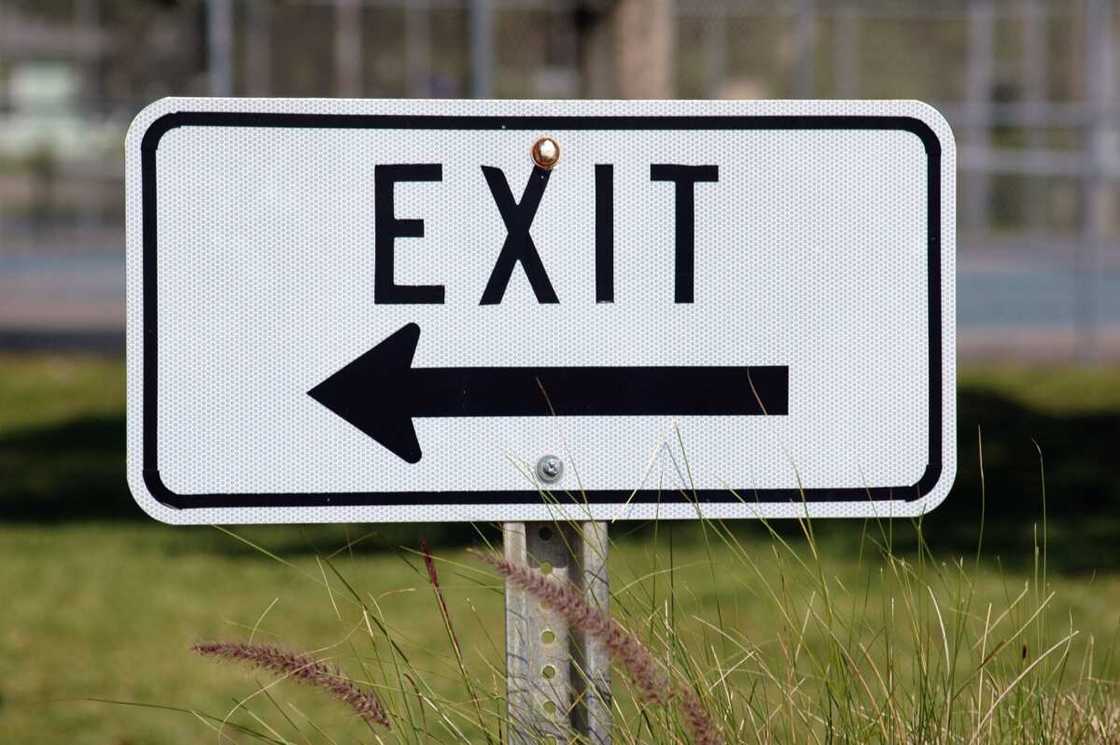
Source: UGC
They are usually rectangular and provide guidance. Some common informative symbols include:
- Speed limit signs: Indicate the maximum speed allowed on a particular road or section.
- Directional arrows: Provide information about the direction of the road, intersections, or upcoming turns.
- Route signs: Display the numbers or names of highways, roads, or streets to help drivers navigate.
- Pedestrian crossing signs: Warn drivers of pedestrian crossings and remind them to watch for pedestrians.
3. Warning road signs
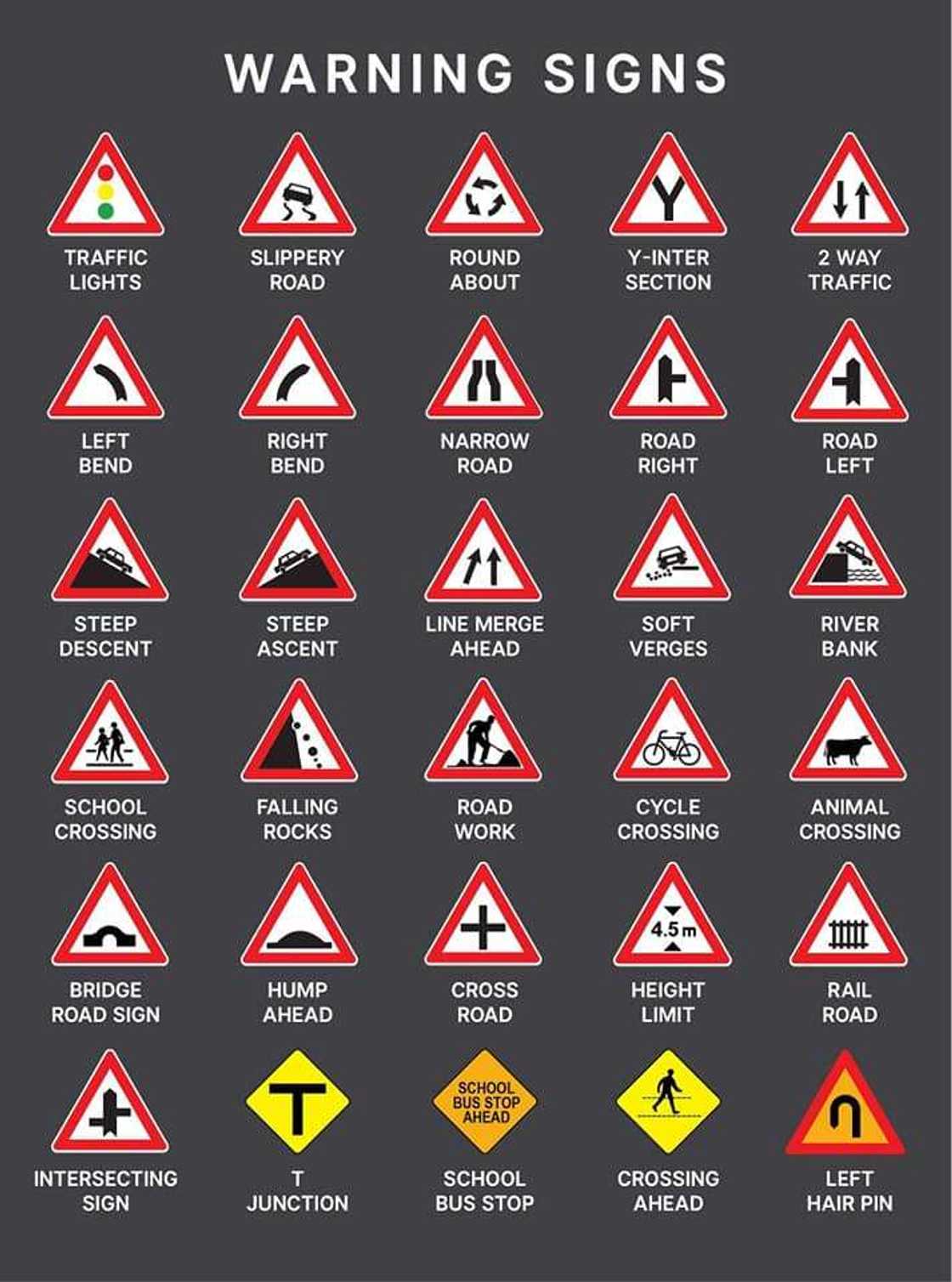
Source: Facebook
They give warning of a hazard ahead. They are usually triangular in shape. These symbols use universally recognized images and colours to convey warnings and promote safety quickly. Some common warning traffic symbols include:
4. Road markings and their meanings

Source: UGC
These are paints or other marking materials applied to the road surface, stud, or delineator to guide, warn, or regulate traffic. Markings can be used on their own or in combination with other traffic signs.
Yellow lines
These lines in the highway's centre mean drivers should move in opposite directions. On a two-way highway, the yellow centre road symbol can consist of the following:
- A regular broken yellow line: Marks a two-direction passing zone. Traffic travelling in either direction may pass other vehicles carefully when the way ahead is clear.
- A double yellow line (A standard broken yellow line and the other a typical solid yellow line): If you are driving adjacent to the broken line, you may pass other vehicles with care. However, if you are travelling adjacent to the solid line, you are prohibited from passing.
- Two standard solid yellow lines (a double yellow line): This means traffic from either direction is prohibited from passing.
White lines
On the highway, white lines separate travel lanes moving in one direction. The white line pavement markings can consist of the following:
- Dotted white lines: They separate a through lane from a deceleration or acceleration lane or a through route that becomes a mandatory exit or turn lane.
- Double white lines: Separate travel lanes. You are prohibited from crossing. You cannot change lanes for any reason.
- Broken white lines: These lines separate lanes where you can change lanes.
- Solid white lines: Require you to stay within your lane.
5. Traffic signals

Source: UGC
Traffic signals are standardized devices that regulate traffic flow, pedestrians, and cyclists. Here are the primary traffic light signals meaning.
- Red: Means you should stop and wait behind the stop line on the carriageway.
- Amber: Means you should get ready to move.
- Green: Means you should move if the road is free and clear.
What is a traffic sign?
A traffic sign is a visual communication tool used on roadways and public spaces to convey important information, instructions, warnings, and regulations to road users. These signs typically feature standardized symbols, colours, and shapes to ensure universal understanding and compliance among drivers, pedestrians, and cyclists.
Are traffic signs and road signs the same thing?
Traffic signs and road signs are the same. Both names are used interchangeably to describe the visual communication tools that provide information related to road.
What are the most common types of traffic signs?
The most common types of traffic signs include:
| Traffic sign | Meaning |
| Stop sign | Indicates that drivers must come to a complete stop at an intersection. |
| Yield sign | Instructs drivers to yield the right-of-way to other vehicles or pedestrians. |
| Speed limit sign | Indicates the maximum speed allowed on a specific road or section. |
| No entry sign | Prohibits entry into a particular area or road. |
| One-way sign | Indicates traffic can only flow in one direction on a specific road. |
| Curve ahead sign | Warns of an upcoming curve or bend in the road. |
| Slippery road sign | Alerts drivers to potentially slippery or icy road conditions. |
| School zone sign | Indicates drivers should exercise caution as a school zone is nearby. |
| Pedestrian crossing sign | Warns of a pedestrian crossing area. |
| Exit signs | Indicate the direction of nearby exits on highways. |
| Mileage signs | Provide distances to specific destinations or cities. |
| Hospital sign | Indicates the direction to the nearest hospital. |
| Gas station sign | Shows the direction to the nearest gas station. |
| Road work ahead sign | Warns of road construction or maintenance ahead. |
| Detour sign | Indicates an alternative route due to road closure. |
| Lane markings | Indicate the number of lanes, turning lanes, and special lane designations. |
| Crosswalk markings | Indicate pedestrian crossing areas. |
What are the 8 different shapes of traffic signs?
Below is what you need to know about the shapes of road signs and their meanings.
| Shape | Meaning |
| Octagon | Stop |
| Triangle | Yield |
| Vertical Rectangle | Regulatory |
| Pentagon | School |
| Round | Railroad crossing |
| Pennant | No passing |
| Diamond | Warning |
| Horizontal Rectangle | Guide |
Additionally, road traffic signs have a specific colour associated with them. The colour of road symbols can immediately tell you what they are about. Here are the colours you may come across.
| Colour | Meaning |
| Red | Stop, yield, or prohibited |
| Yellow | Warning |
| White | Regulatory |
| Orange | Construction or detour |
| Black | Regulatory |
| Green | Guide |
| Blue | Motorist services |
| Brown | Public recreation |
What are the penalties imposed on those who fail to observe traffic signs?
Some of the penalties are highlighted below:
| Penalty | Fine |
| Wrongful overtaking | N3,000 (3 penalty points) |
| Unauthorized removal of tampering with road signs | N5,000 (5 penalty points) |
| Route violation | N5,000 (5 penalty points) |
| Road marking violation | N5,000 (5 penalty points) |
| Light/sign violation | N2,000 (2 penalty points) |
What is the Nigeria Highway Code?
The Nigeria Highway Code is the code of conduct for human activities related to road use. It was last revised in 1989 and translated into three major Nigerian languages, Yoruba, Igbo and Hausa.
Traffic signs are crucial in Nigeria, as they significantly ensure road safety, efficient traffic flow, and overall order on the roads. They also serve as a visual means of communication on the roads, conveying messages to drivers and pedestrians without verbal instructions.
Legit.ng recently published an article outlining economic problems facing Nigeria. As is common in many developing countries, Nigeria faces an extensive list of issues. Persistent problems in education, health, infrastructure, and social well-being have hindered the nation's progress.
Presently, Nigeria's economic development struggles encompass a wide range of concerns. These challenges span governmental issues, social problems, and matters arising from individual behaviour. Addressing these multifaceted obstacles is crucial for Nigeria's path towards sustainable development.
Source: Legit.ng

Vivian Mutsoli Vivian Melissah Adhiambo is an experienced writer, having authored more than 1000 articles spanning around various trending topics like celebrities, IT, academic institutions, and more. She is a graduate with a Bachelor of Commerce (Procurement and Supply Chain Management) from the University of Nairobi. Vivian is passionate about factual content creation. Her email address is vamutsoli@gmail.com

Jackline Wangare (Lifestyle writer) Jackline Simwa is a content writer at Legit.ng, where she has worked since mid-2021. She tackles diverse topics, including finance, entertainment, sports, and lifestyle. Previously, she worked at The Campanile by Kenyatta University. She has more than five years in writing. Jackline graduated with a Bachelor’s degree in Economics (2019) and a Diploma in Marketing (2015) from Kenyatta University. In 2023, Jackline finished the AFP course on Digital Investigation Techniques and Google News Initiative course in 2024. Email: simwajackie2022@gmail.com.


